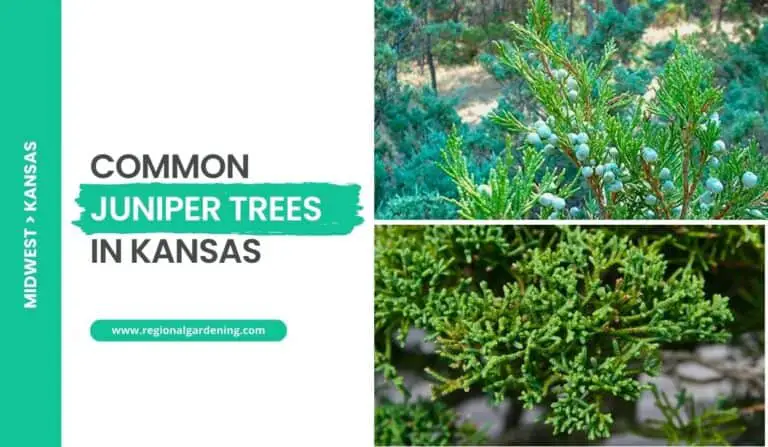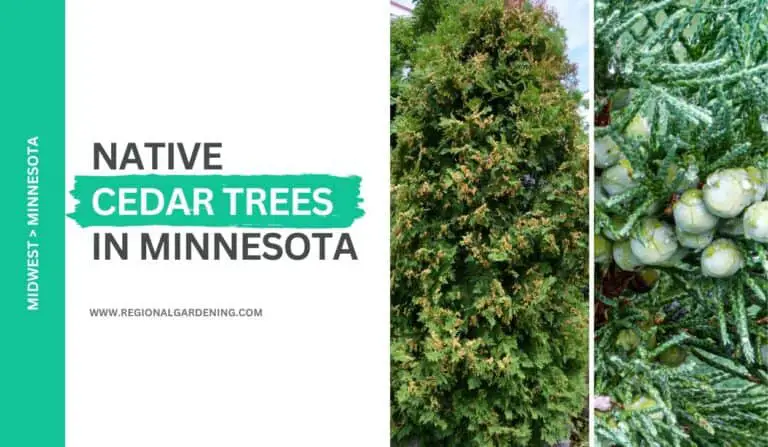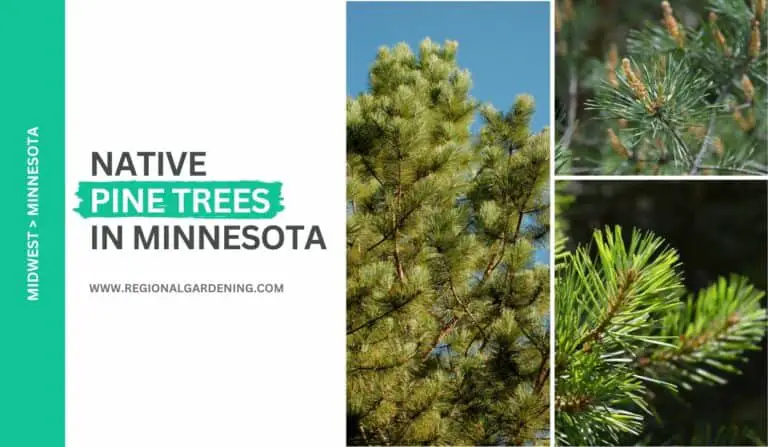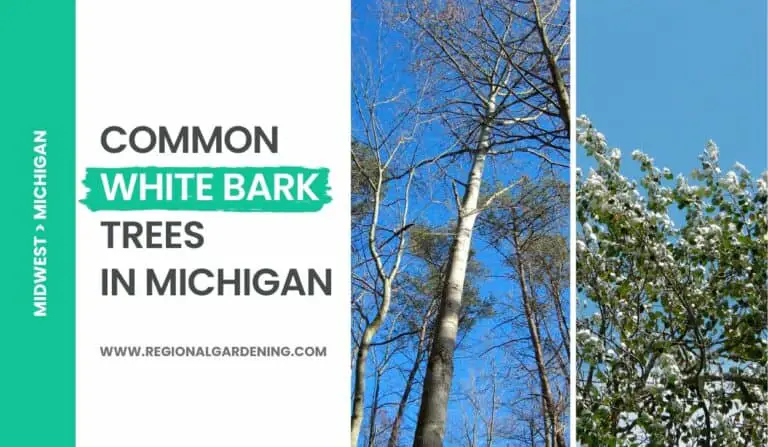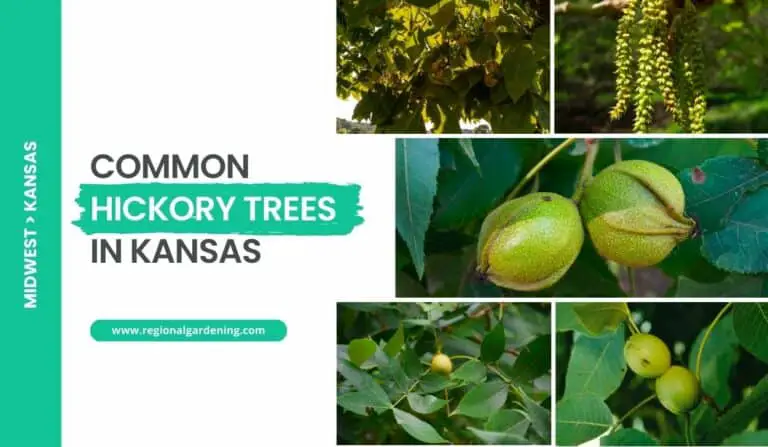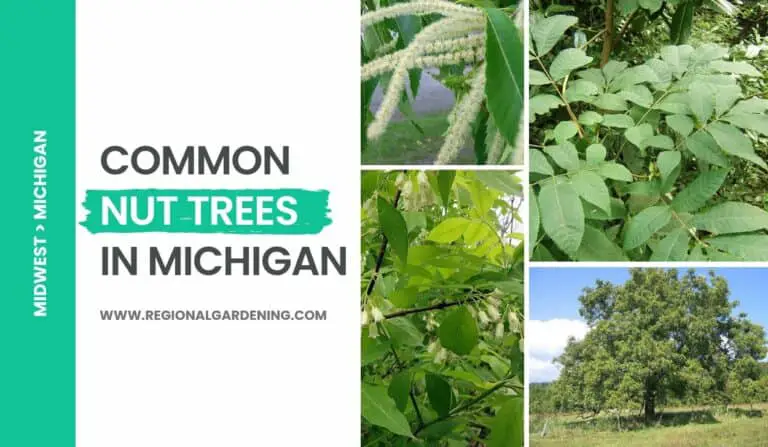Native Cedar Trees In Wisconsin (2 Types To Know)
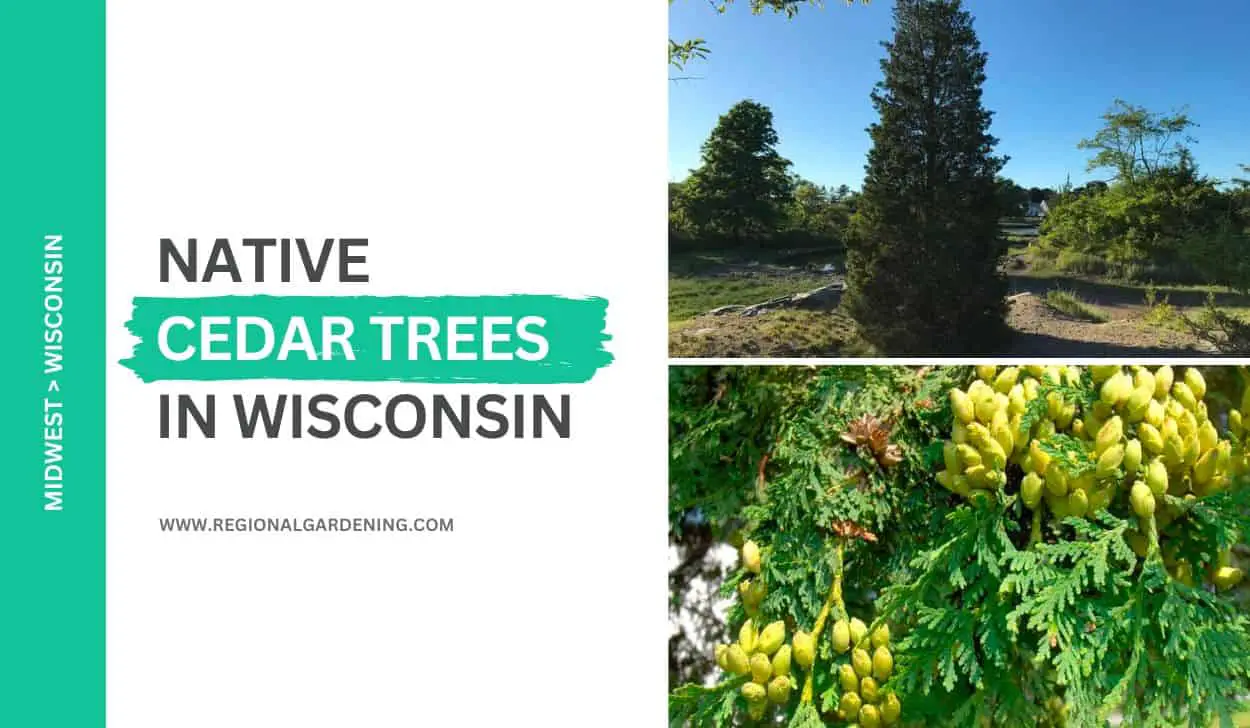
Cedar trees are a well-known name among tree enthusiasts in Wisconsin, which has diverse landscapes and a plethora of flora and fauna. However, it is important to note that Wisconsin has no native cedar species.
Then what are those commonly referenced cedar trees in Wisconsin?
Well, this article answers that question.
I will walk you through the most common cedar-like trees in Wisconsin and describe each species, highlighting its unique physical characteristics as well as its natural habitat and range for easier identification.
So, let’s get started.
1. Northern White Cedar
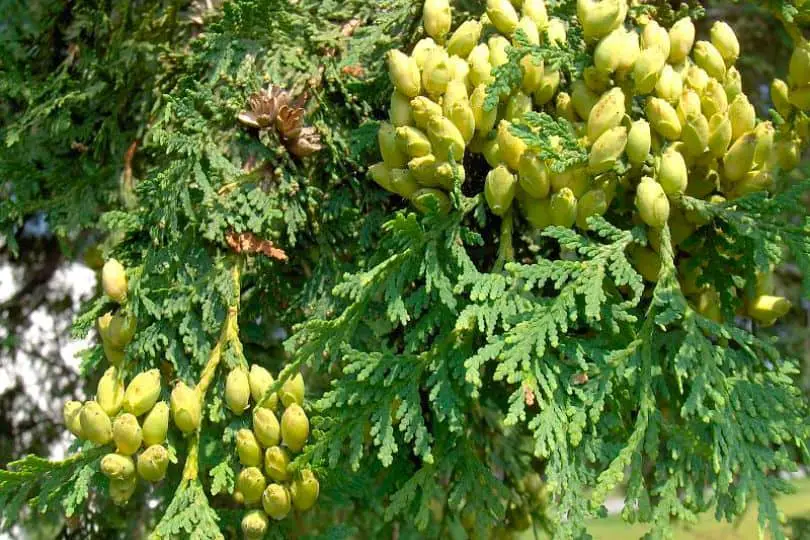
- Common Name: Northern White Cedar or Arbor Vitae
- Scientific Name: Thuja occidentalis
- Mature Height: 50 to 60 feet and 2 to 3 feet in diameter
- Native/Non-Native: Native
- Flowers/Cones: Small, oblong cone that matures in one season; yellowish-brown; 1 ⁄3 to 1⁄2 inches in size, with 6 to 12 scales; borne singly or in large clusters on ends of branches.
Northern White Cedars are the most commonly found cedar trees in Wisconsin, often known as Arbor Vitae. It is a lovely evergreen tree found in the northern parts of the United States.
This tree can grow to be fairly large, reaching 50-60 feet in height with a diameter of 2-3 feet. This species is pyramidal in shape, with short, nearly horizontal branches forming a conical and symmetrical crown.
Northern White Cedar bark is thin and grey to reddish-brown in hue. It divides into shreddy pieces that are long, vertical, and narrow. This tree’s leaves are scale-like and about 1/8th or 1/4th inch long, organized to keep the short branches flat. When crushed, they emit a nice, aromatic perfume and have a strong flavor.
Northern White Cedar develops small, oblong yellowish-brown cones in a single season. They range in size from 1/3 to 1/2 inch and have 6 to 12 scales. They can be found alone or in big clusters on the tips of branches. This tree’s seeds are 1/8 inch long, with two slender wings around the seed.
Except for the southwest corner of the state, the Northern White Cedar is native to North America. This tree grows in damp areas and is often seen in thick pure stands. In the north, however, it grows on well-drained slopes, frequently in combinations with hardwoods.
Northern White Cedar wood is commonly used to make fence posts, building poles, and rot-resistant lumber and shingles. The wood is light, soft, brittle, coarse-grained, long-lasting, aromatic, and pale brown. In the winter, it is one of the most popular and important plants for deer browsing. There are also various decorative variants of Northern White Cedar that are often utilized in landscaping.
2. Red Cedar
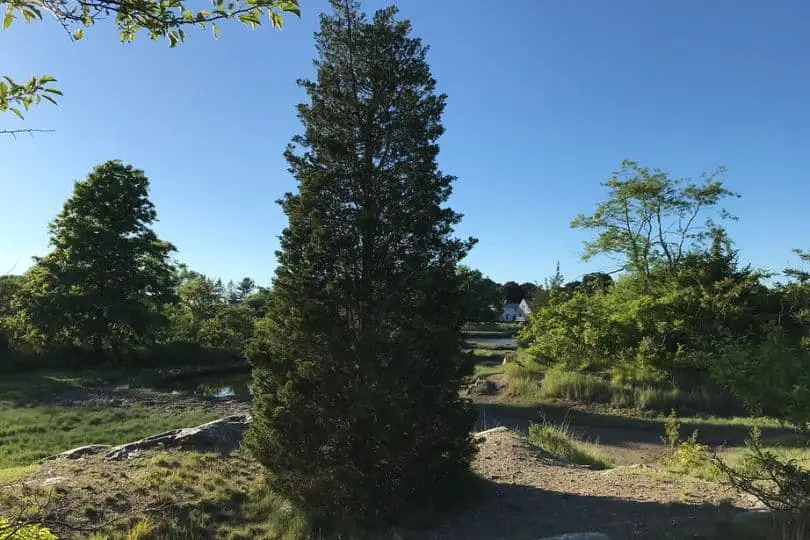
- Common Name: Red Cedar or Juniper
- Scientific Name: Juniperus virginiana
- Mature Height: 25-30 feet
- Native/Non-Native: Native
- Flowers/Cones: Dark blue berry-like cones
- Uses: Interior woodwork, chests, closets, lead pencils, posts and poles
Red Cedar, commonly known as Eastern Red Cedar, is an intriguing tree with a straight trunk and a pyramidal crown that turns rounded when grown in suitable conditions. It has thin, reddish-brown bark that peels off in long, vertical stripes.
Red Cedar has two types of leaves that can be found on the same tree. The most frequent type is dark green, minute, and scale-like, but the second type is awl-shaped and extremely sharp-pointed, and commonly emerges on young trees or robust branches.
The Red Cedar fruit is a dark blue berry-like cone that contains one to four seeds in tasty flesh. The fruit of the tree is a favorite winter food for birds. This tree is native to the state’s southern half and is most numerous on limestone ridges in the state’s southwest, where few other trees can be found. The Red Cedar was one of the first trees to colonize abandoned areas.
Red Cedar wood is red, fine-grained, soft, weak, fragrant, and extremely long-lasting. Interior woodwork, chests, closets, lead pencils, posts, and poles are all popular uses. However, planting Red Cedar in or near orchards or anywhere near commercial apple production areas is not recommended since it spreads cedar apple rust.
Common Cedar Trees In Wisconsin – Frequently Asked Questions (FAQs)
This section contains the most commonly asked questions on common cedar trees in Wisconsin by tree enthusiasts and gardeners.
Are there any native cedar trees in Wisconsin?
While Wisconsin does not have true native cedar trees, it does have two species that are commonly referred to as cedars: Northern White Cedar (Thuja occidentalis) and Red Cedar (Juniperus virginiana).
Although not true cedars, these species are significant in the state’s natural landscape. Northern White Cedar, a Thuja genus member, thrives in Wisconsin’s northern regions, particularly in wet areas such as swamps and bogs. The Red Cedar, a member of the Juniperus family, is more common in the state’s central and southern regions.
Where can we see the most cedar trees in Wisconsin?
Northern White Cedar (Thuja occidentalis) is the most common species found in Wisconsin.
The largest concentrations of Northern White Cedar can be observed in the northern regions of Wisconsin, particularly in areas with moist soil conditions, such as swamps, bogs, and low-lying forests. These environments are ideal for the growth and reproduction of Northern White Cedar.
The Chequamegon-Nicolet National Forest, the Northern Highland-American Legion State Forest, and the Apostle Islands National Lakeshore in northern Wisconsin are excellent places to experience the abundance of cedar trees in their natural surroundings.
Why cedar trees in Wisconsin are not preferred near apple orchards?
Cedar trees are generally not preferred near apple orchards in Wisconsin for a variety of reasons. For starters, cedar trees can harbor fungal diseases that harm apple trees, such as cedar apple rust. This disease spreads between the two tree species and has the potential to have a significant impact on apple orchard productivity and fruit quality. Second, cedar trees can create shading, reducing sunlight exposure for apple trees, which is essential for their growth and fruit development.
Furthermore, cedar trees may compete with apple trees for nutrients and water, potentially affecting the orchard’s overall health and vigor. To reduce the likelihood of disease and guarantee ideal conditions for apple orchards, it is often recommended to maintain a distance between cedar trees and apple trees.
Similar Articles
- Native Oak Trees In Wisconsin
- Native Ash Trees In Wisconsin
- Native Pine Trees In Wisconsin
- Native Aspen Trees In Wisconsin
- Native Spruce Trees In Wisconsin
- Native Birch Trees In Wisconsin
- Native Maple Trees In Wisconsin
- Native Elm Trees In Wisconsin
- Native Hickory Trees In Wisconsin
- Native Locust Trees In Wisconsin
- Native Cherry Trees In Wisconsin
- Native Nut Trees In Wisconsin
Sources
The Regional Gardening team makes sure that the information in our articles is accurate by only using sources that are known to be trustworthy. Some of these sources are peer-reviewed journals from government agencies, well-known universities, and scientific research organizations.
- Tree Planting, Wisconsin Department Of Natural Resources
- Trees Identification, Wisconsin Department Of Natural Resources
- Forest Trees Of Wisconsin, Wisconsin Department Of Natural Resources
- Trees of Wisconsin Field Guide, Book by Stan Tekiela


